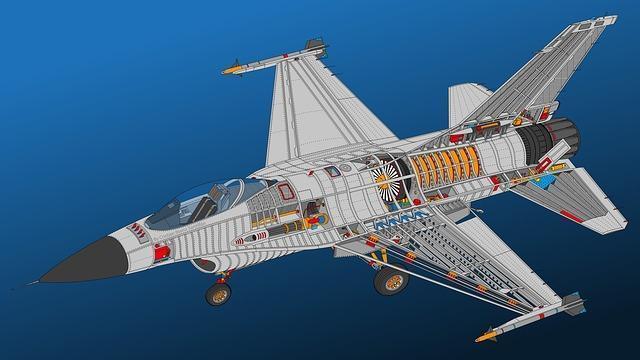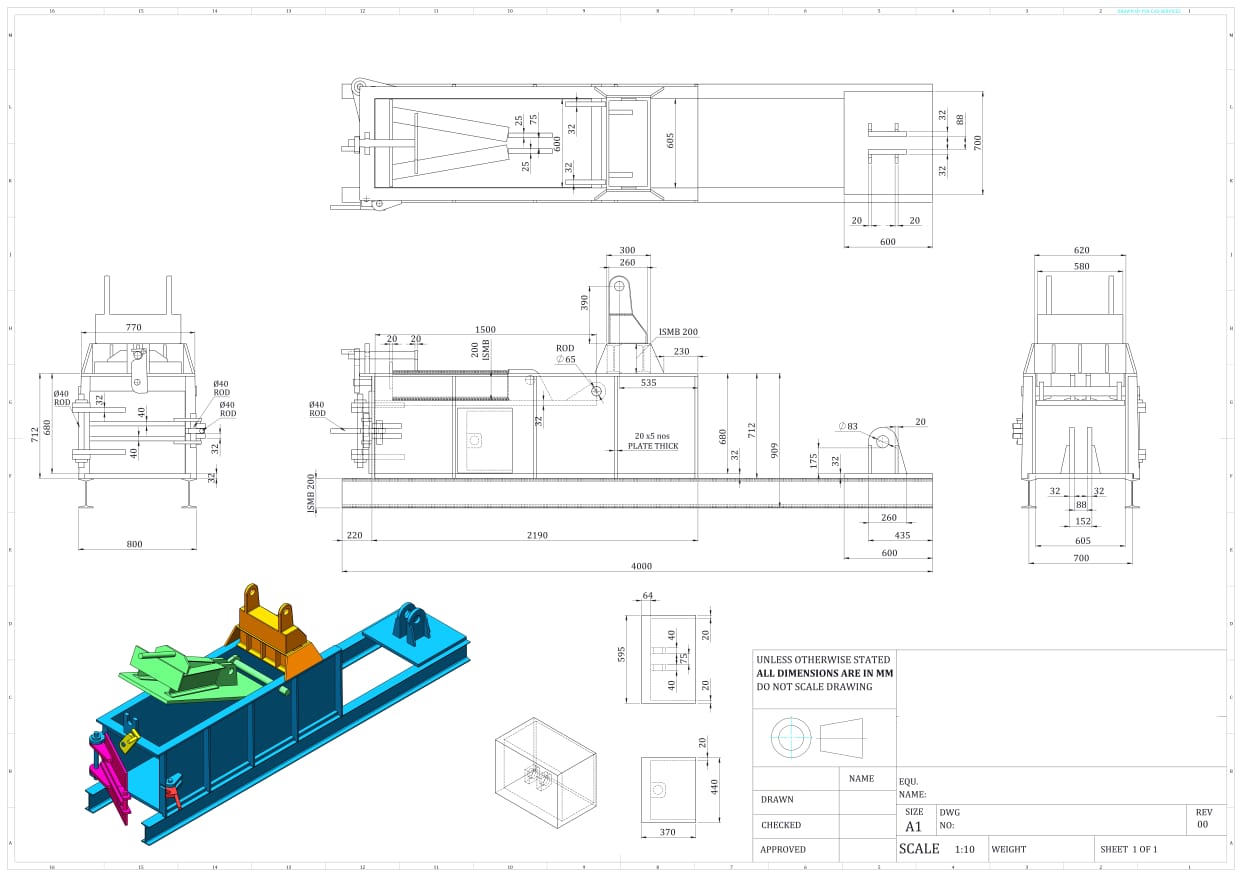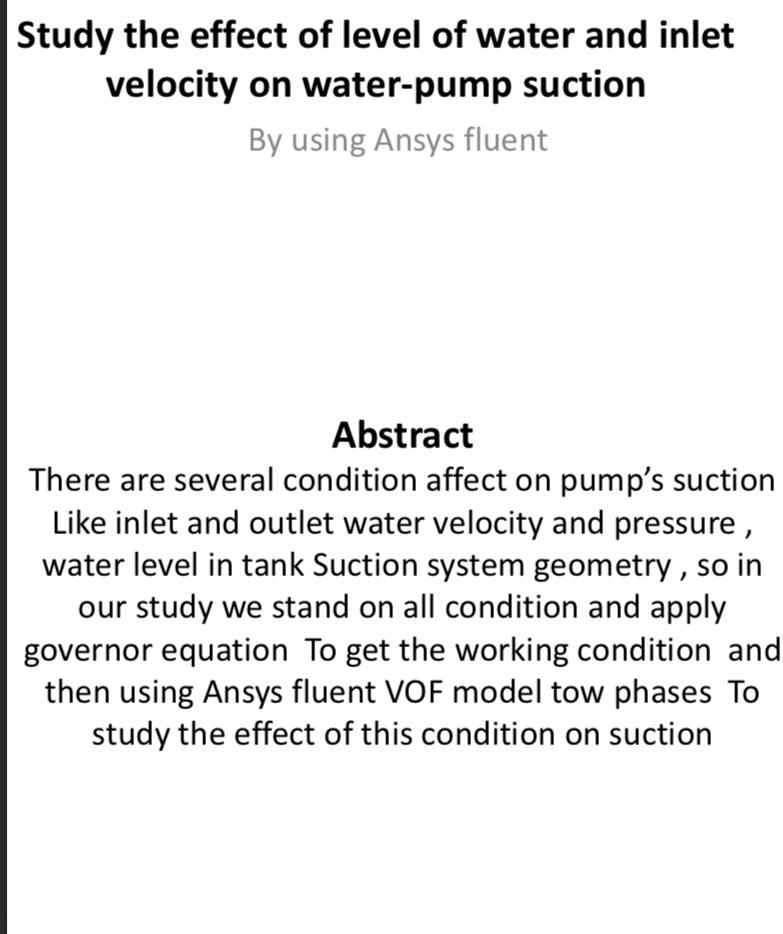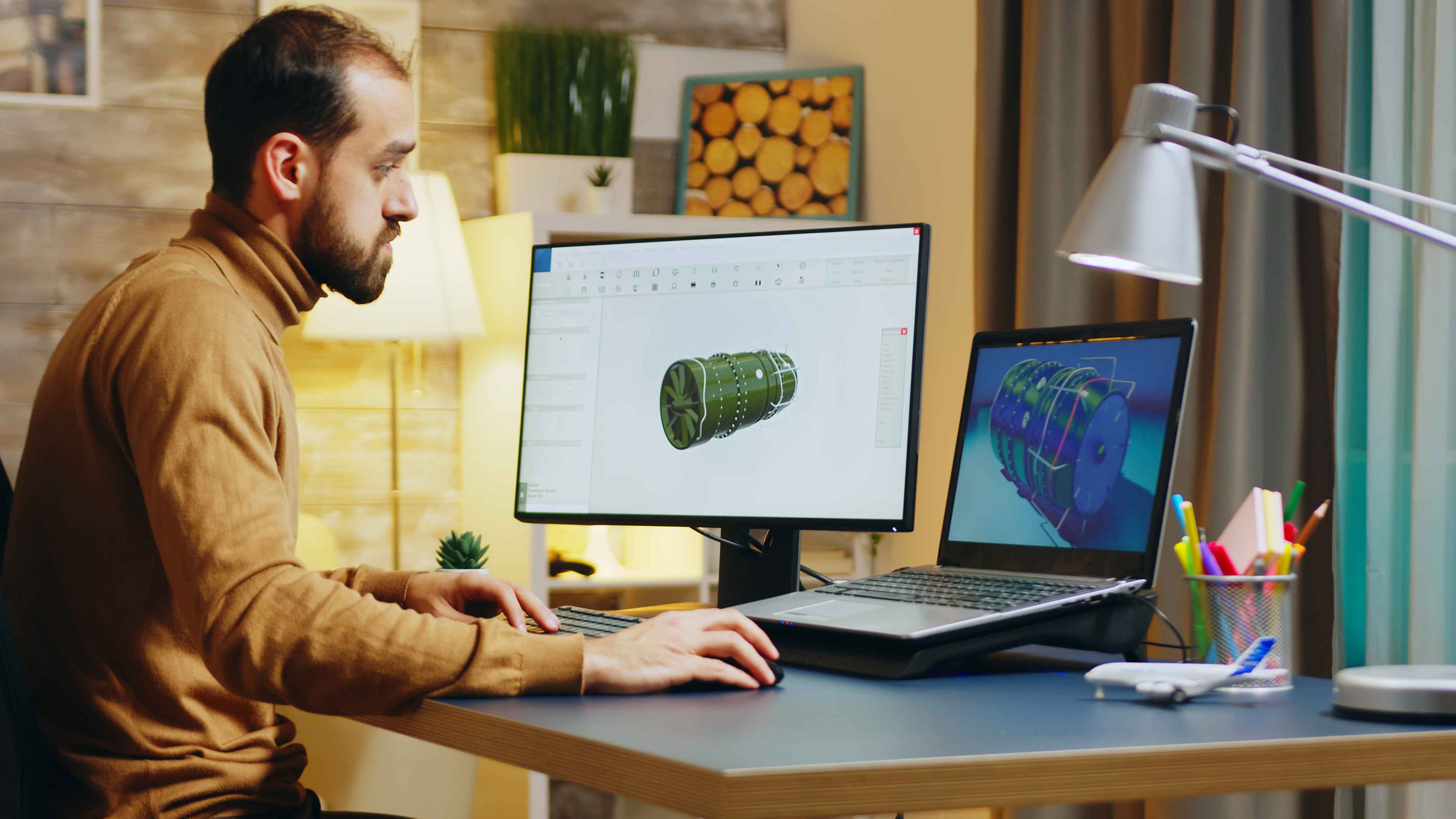Aerospace engineering deals with designing and building machines that fly. It is one of the newest branches of engineering and began in the 19th century with the first experiments in powered flight. As technology progressed, two specialties emerged; aeronautical engineering, which involves designing aircraft such as powered lighter-than-air craft, gliders, fixed-wing airplanes and jets, autogiros, and helicopters; and astronautical engineering, which focuses on the design and development of spacecraft.
Aerospace engineering deals with designing and building machines that fly. It is one of the newest branches of engineering and began in the 19th century with the first experiments in powered flight. As technology progressed, two specialties emerged; aeronautical engineering, which involves designing aircraft such as powered lighter-than-air craft, gliders, fixed-wing airplanes and jets, autogiros, and helicopters; and astronautical engineering, which focuses on the design and development of spacecraft.
Aeronautical engineers are designing aircraft that fly within Earth's atmosphere, while astronautically engineers work with the science and technology of spacecraft that fly outside Earth's atmosphere.
Aerospace engineers design, analyze, test, troubleshoot, and develop advanced technology in defense systems, spacecraft, and aviation. They develop the standards for quality control and design processes, identify issues for products that aren't working properly, and try to find solutions to fix those issues.
Aerospace engineers may choose to specialize in areas such as aerodynamic fluid flow, structural design, guidance/navigation and control, instrumentation and communication, robotics, or propulsion and combustion.
Aerospace engineers design, analyze, test, troubleshoot, and develop advanced technology in defense systems, spacecraft, and aviation. They develop the standards for quality control and design processes, identify issues for products that aren't working properly, and try to find solutions to fix those issues.
Aerospace engineers may choose to specialize in areas such as aerodynamic fluid flow, structural design, guidance/navigation and control, instrumentation and communication, robotics, or propulsion and combustion.
They can specialize in designing different types of aerospace products, such as commercial and military airplanes and helicopters, remotely piloted aircraft and rotorcraft, spacecraft, including launch vehicles and satellites, and military missiles and rockets.
They often become experts in one or more related fields: aerodynamics, thermodynamics, celestial mechanics, flight mechanics, propulsion, acoustics, and guidance and control systems.
Duties and responsibilities of aerospace engineers:
- Assess proposals and design requirements
- Determine if projects are technically and financially feasible
- Go over budgets, timescales, and specifications with clients
- Do theoretical and practical research
- Evaluate designs to confirm that products meet engineering principles
- Ensure designs meet customer requirements
- Direct, coordinate, produce and implement design, manufacture and test procedures
- Measure and improve the performance of aircraft, systems, and components
- Assist in assembling aircraft
- Test, evaluate, modify and re-test products
- Determine if proposed projects will result in safe aircraft and parts
- Ensure that projects meet quality standards
- Inspect malfunctioning or damaged products
- Identify sources of problems and possible solutions
- Write reports, manuals, and documentation
- Provide technical advice
- Analyze and interpret data
- Work towards completion dates and deadlines
Key skills for aeronautical engineers
The work environment is multidisciplinary, so a clear understanding of how aerospace engineering relates to other engineering disciplines is essential. Given the frequency of international partnerships, language skills are useful and the ability to work as part of a team is crucial. Aeronautical engineers must also have:
- strong mathematical, analytical and problem-solving skills
- technical expertise
- creativity and innovative thinking
- attention to detail
- strong awareness of safety issues
- communication skills, both verbal and written
- project and time management skills
- a commitment to keeping up to date with technical developments
- the ability to work under pressure and meet deadlines.
Aerospace engineers can apply their knowledge to any part of the engineering process: design, analysis, integration, testing, deployment, or maintenance. They can also hone in on the analysis areas, such as mechanical/structural design, dynamics, programming, and electronics.
Aerospace engineers are typically well-suited to project engineering, systems engineering, and business roles - these are roles where system-level knowledge, as well as math and science knowledge, is needed to make, and back up, any decisions.
Start your journey now as a freelancer from here: Ongineering.com



 Post Your Project
Post Your Project  Projects
Projects 

